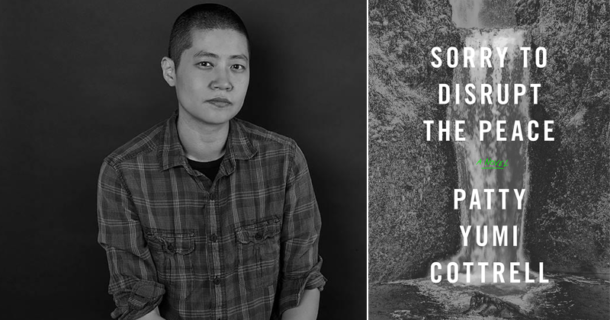
Every month, I interview an author I admire on her literary firsts.
Los Angeles lost another great writer to New York when Patty Yumi Cottrell moved back to the east coast last year. But the author of Sorry to Disrupt the Peace, this month’s giveaway, got a lot of writing done while she was in the City of Angeles — so you can expect to read her hilarious-sad work in the months to come.
I got to chat with Patty about doing things differently and writing for a whiskey company and getting conflated with her novel’s protagonist. Enjoy the interview —
__
Siel: If you were to go through the entire first book process again, from acceptance to publication, is there anything you might do differently?
Patty: I would meditate more often and look at social media less frequently. I would try to be more flexible and less demanding. Expect anything to happen and nothing at all. It’s all the same anyway.
Because, like your character Helen Moran, you’re a Korean adoptee and your parents live in Milwaukee, many readers have conflated — or have been tempted to conflate — your own life with that of your protagonist, Helen Moran. I too have noticed a tendency for readers do the same with my novel-in-stories although I’ve never said my fiction is autobiographical — and I feel like this is a challenge that many writers have to address about their work. Do you have any tips for dealing with it?
The way people read my book doesn’t bother me too much. In many ways, the book doesn’t belong to me, it’s up to the reader to supply the meaning. So if a reader wants to understand the book by conflating me with my narrator, I can’t control that.
But I dislike it when journalists categorize it as an autobiographical novel, as if that’s a fact, especially during interviews. One thing I’m learning how to do is to be evasive. Don’t answer questions you don’t want to answer. In person, if this happens, I try to start talking about something else, even if it seems rude. If someone asks me an invasive question, I’ll start talking about Fiona Apple or the NBA or a book I’ve read recently or how my digestion is going.
You said in an interview that New York was, for you, “a terrible place to write a novel” and that Los Angeles gives you “more freedom” as a writer. Then you left L.A. and moved back to NYC. What is up with that? Also, how’s the writing going these days?
Yeah, I’m back in New York City. It was time for a change. My girlfriend lives here, and there are teaching opportunities, so that was that.
Right now I’m mustering up the motivation to write another novel. I like to get lost in long projects that take up a lot of mental space. My writing has felt heavier lately, not as thin and spare. This summer, I was asked to write a short story for a whiskey company (Bulleit). It’s about an Asian man with a girlfriend and he’s miserable. At the time, I thought it was the worst thing I had ever written, but now, after several months, I can see that it’s good. Everything is always changing!
What were you working on, writing-wise, while you were in L.A.? Or was your time taken up with Sorry to Disrupt the Peace stuff?
I wrote my novel, some short stories, a poem, and an essay. So that took up a little time. When I wasn’t doing that, I traveled a little, took walks, met with friends, etc. I was teaching, too.
How do you decide what to read, and what books are you looking forward to reading in 2018?
People recommend things to me. I like to read interviews of writers I admire, and read the books that they like. I can tell if I’ll be into a book by reading the first chapter, but this doesn’t always work. The last one I wanted to set down after reading the first chapter was Outline by Rachel Cusk. I was mistaken, and it turned out to be brilliant.
There are so many novels I’m looking forward to, but the best story collection to appear in 2018 is Rita Bullwinkel’s, Belly Up. I feel certain about this. Her book is so funny, weird, and intelligent. She’s incredible.
___
Enter to win a copy of Patty Yumi Cottrell’s Sorry to Disrupt the Peace by signing up for my newsletter. Already joined up? Then you’re already entered. Good luck!
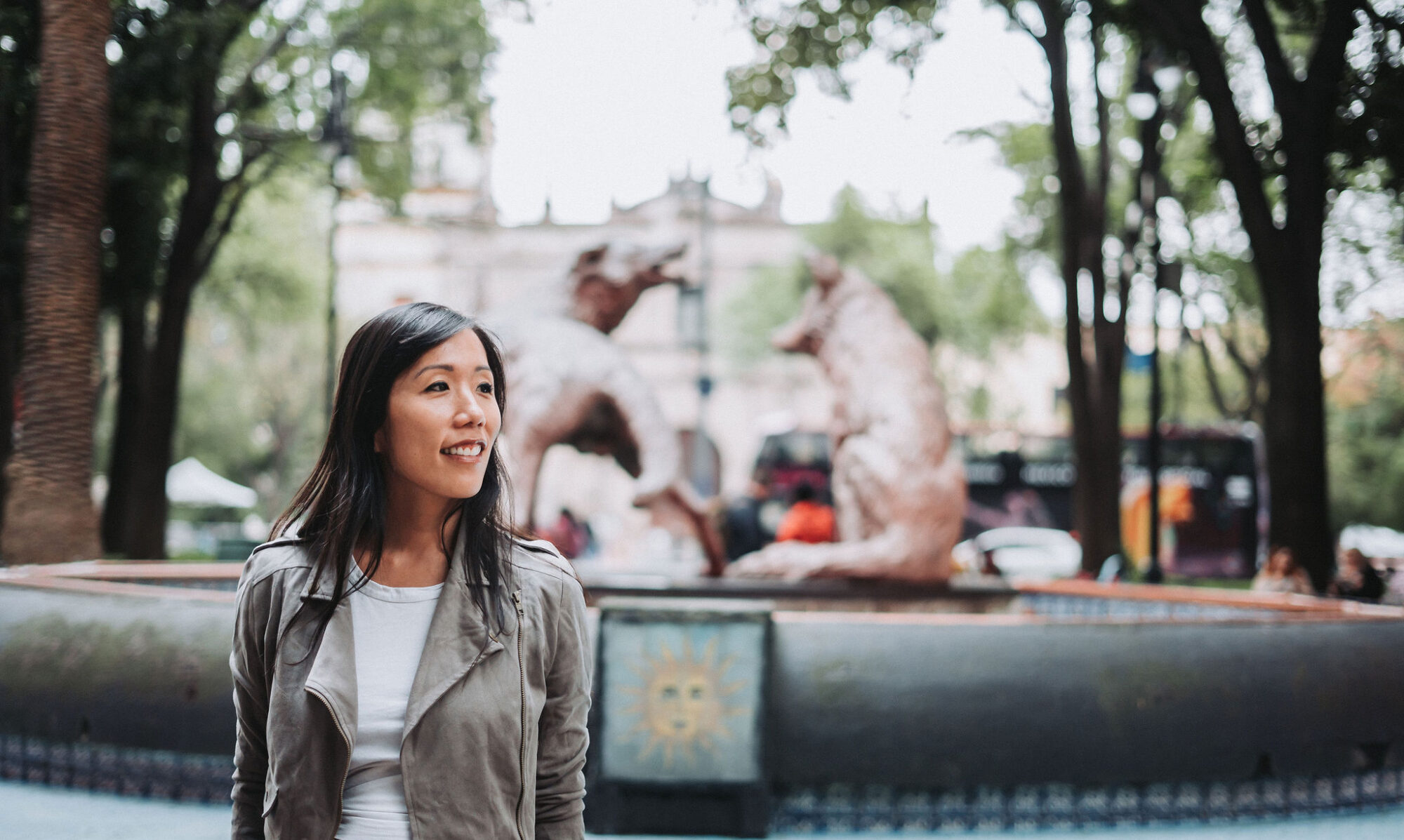
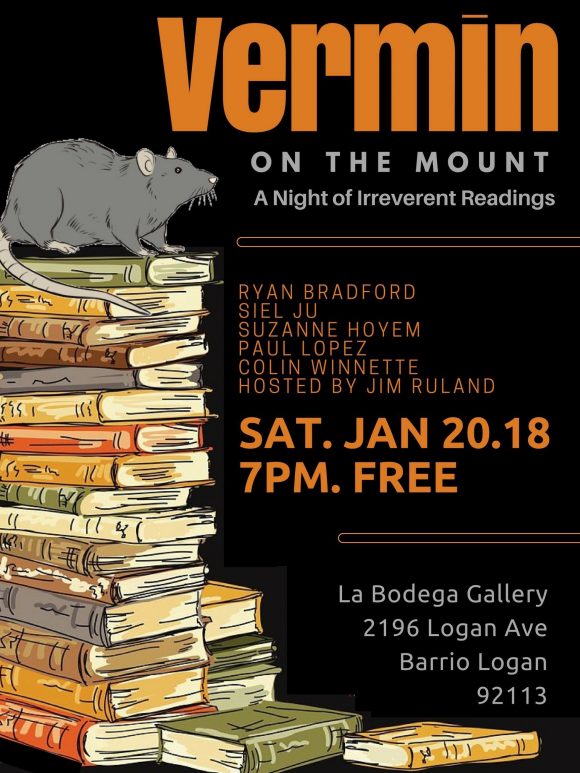
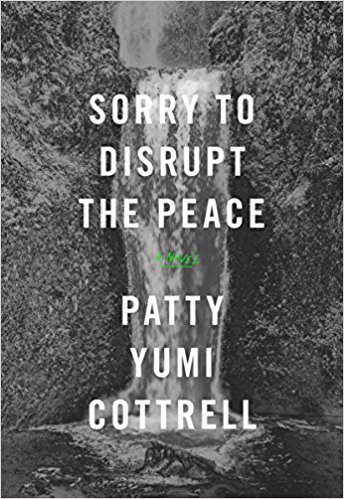
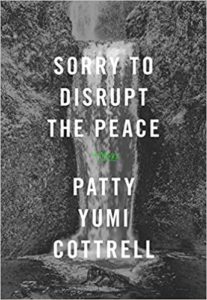 *** Winner selected! Congratulations to Kris in Glendale, Calif.! ***
*** Winner selected! Congratulations to Kris in Glendale, Calif.! ***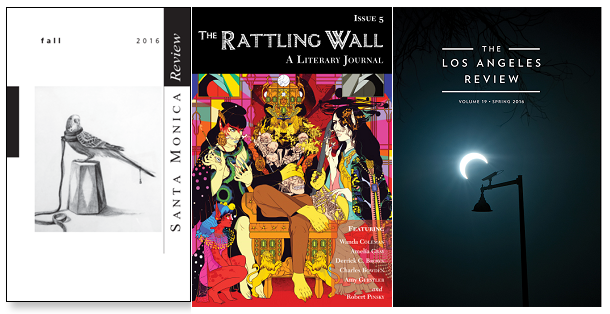
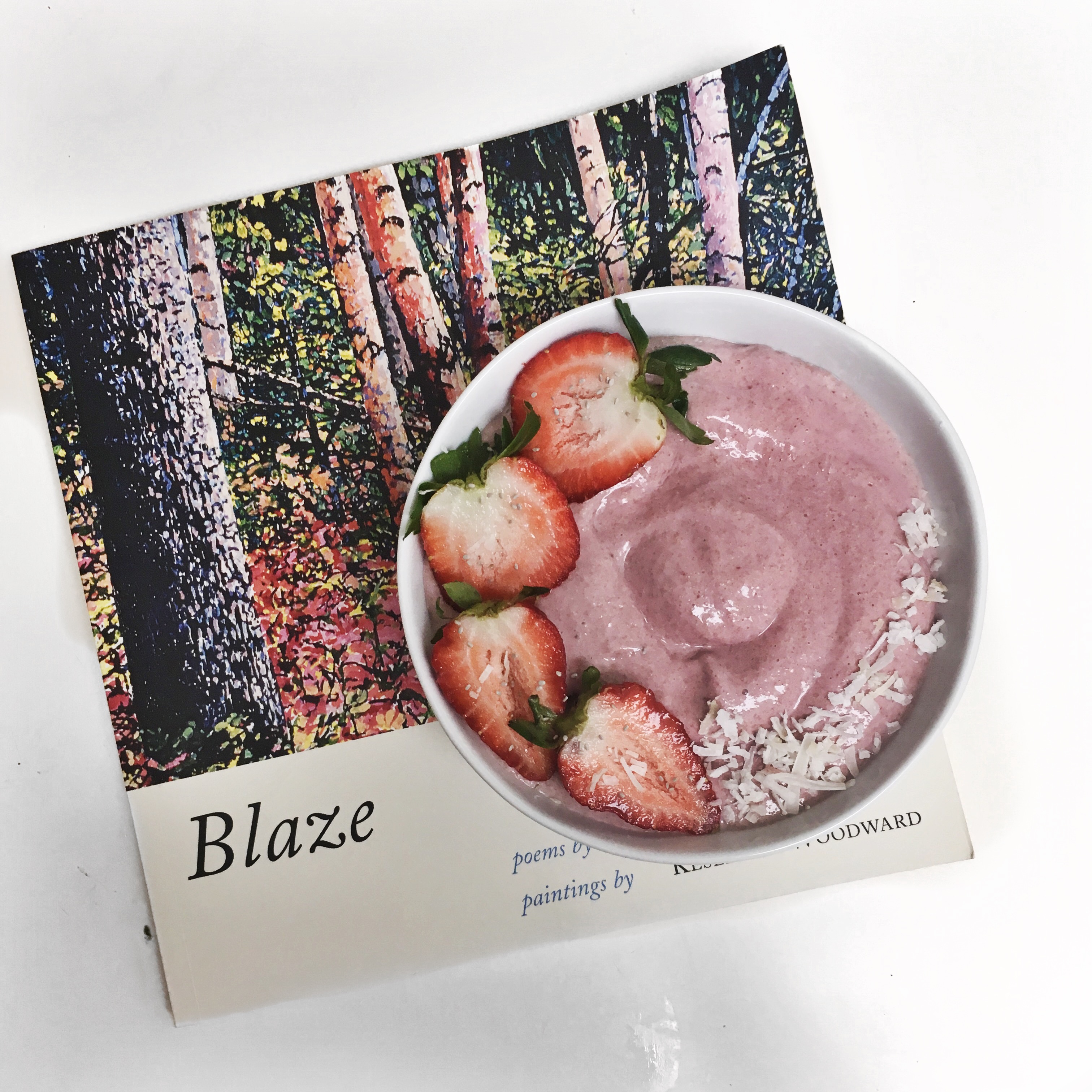
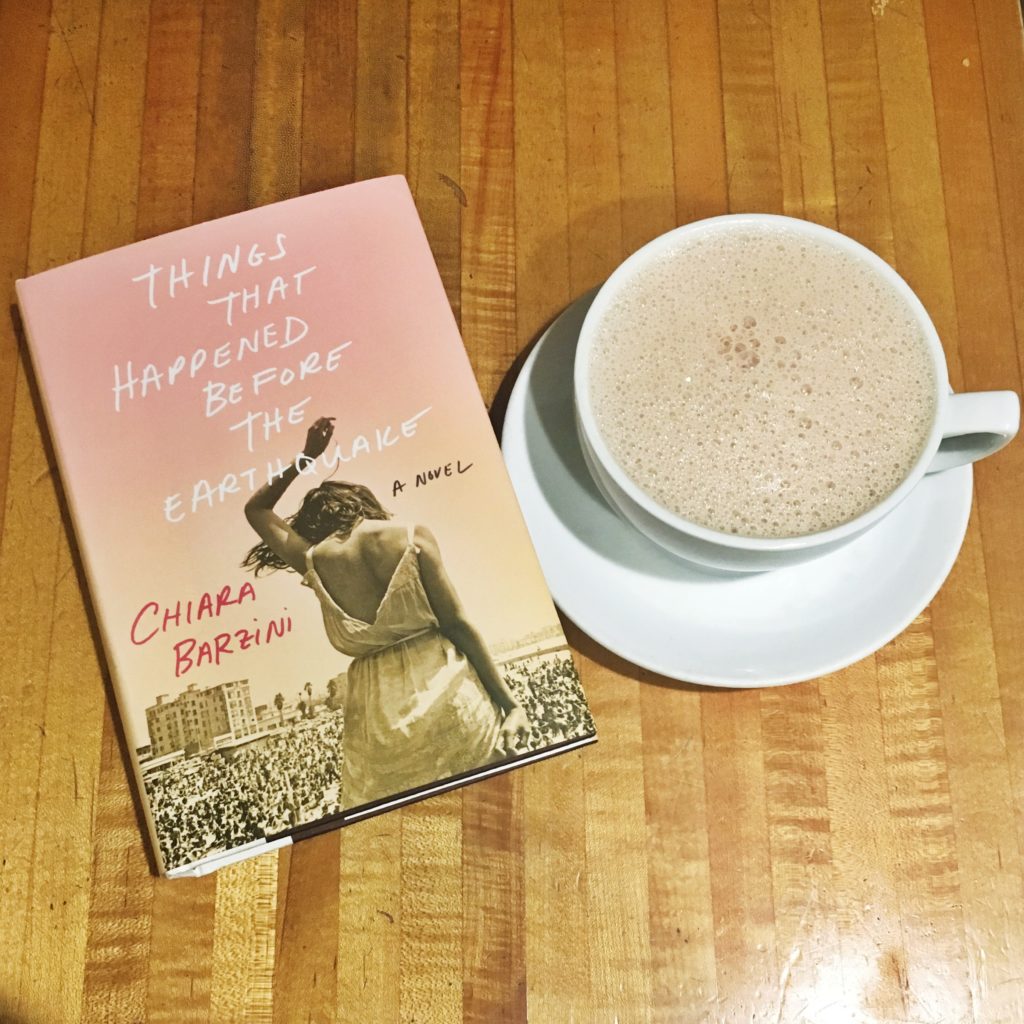
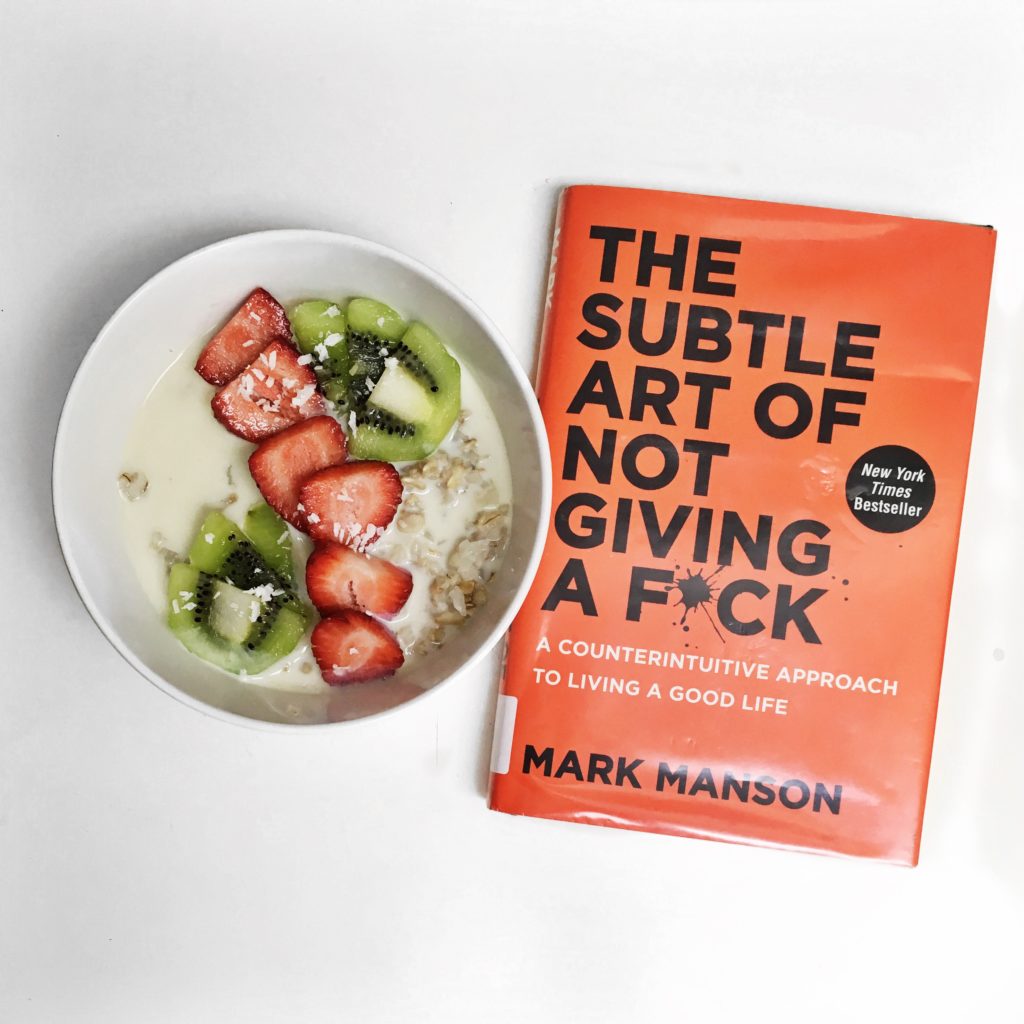
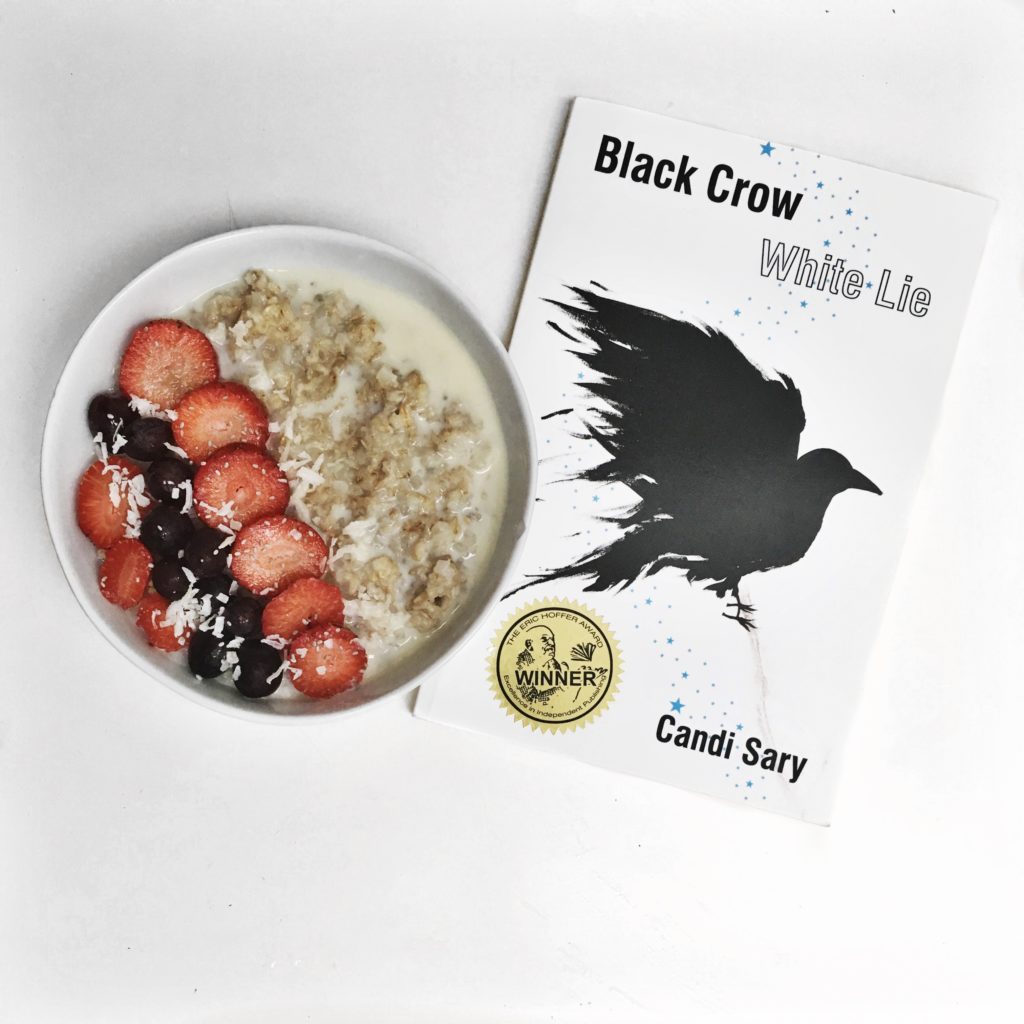
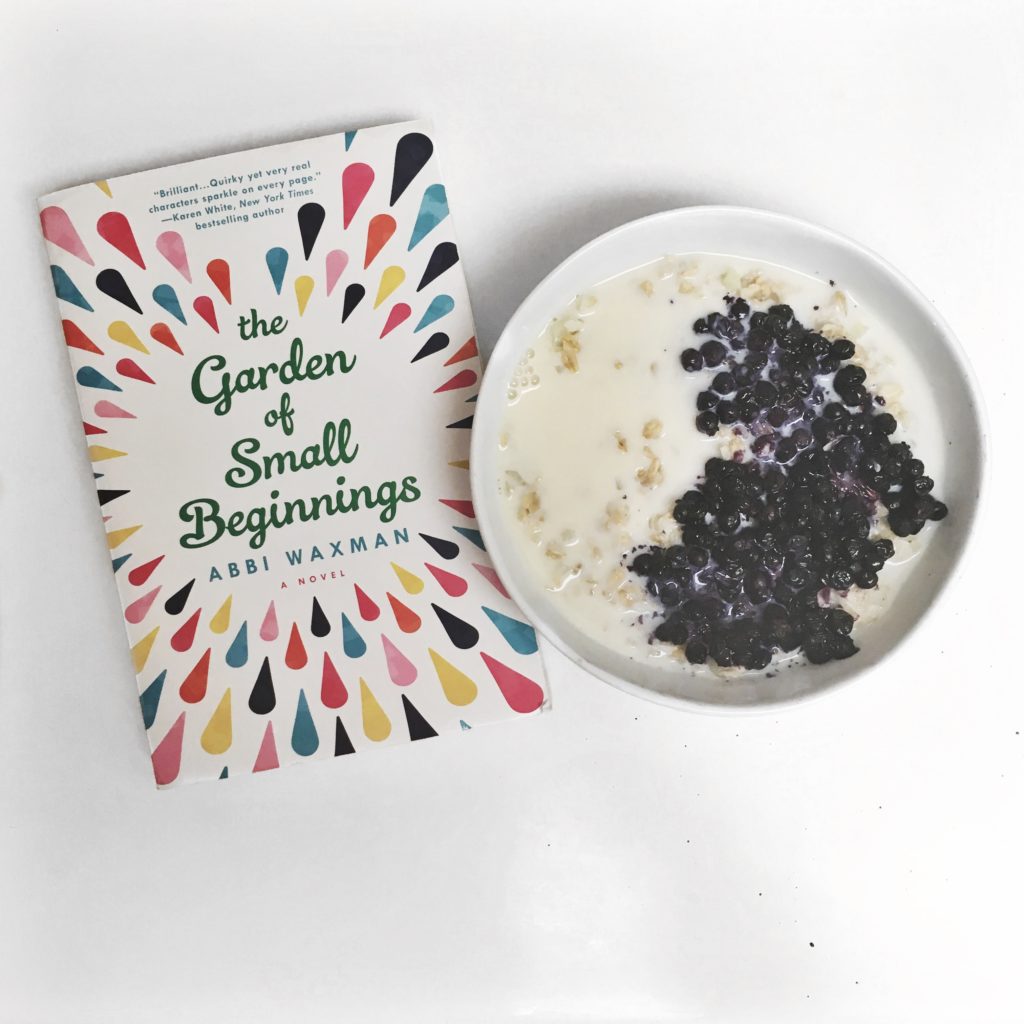
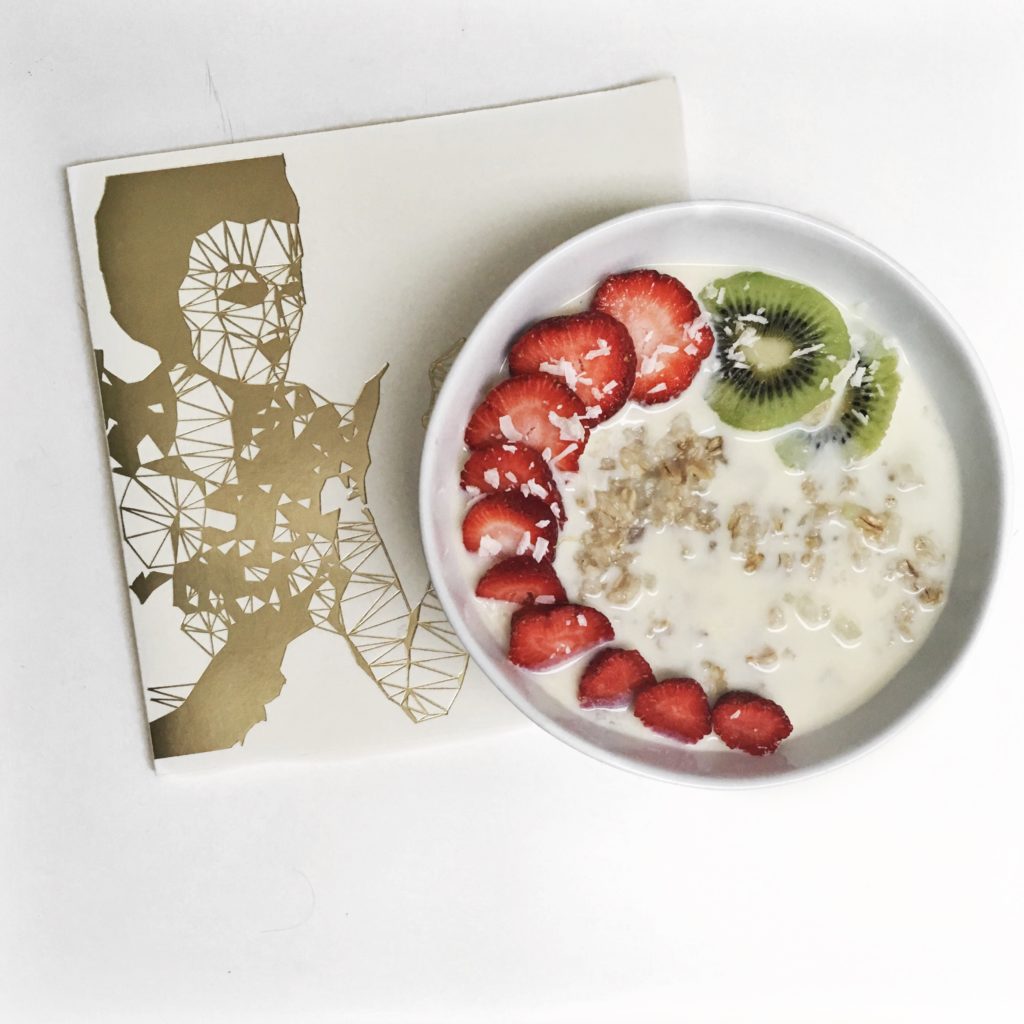
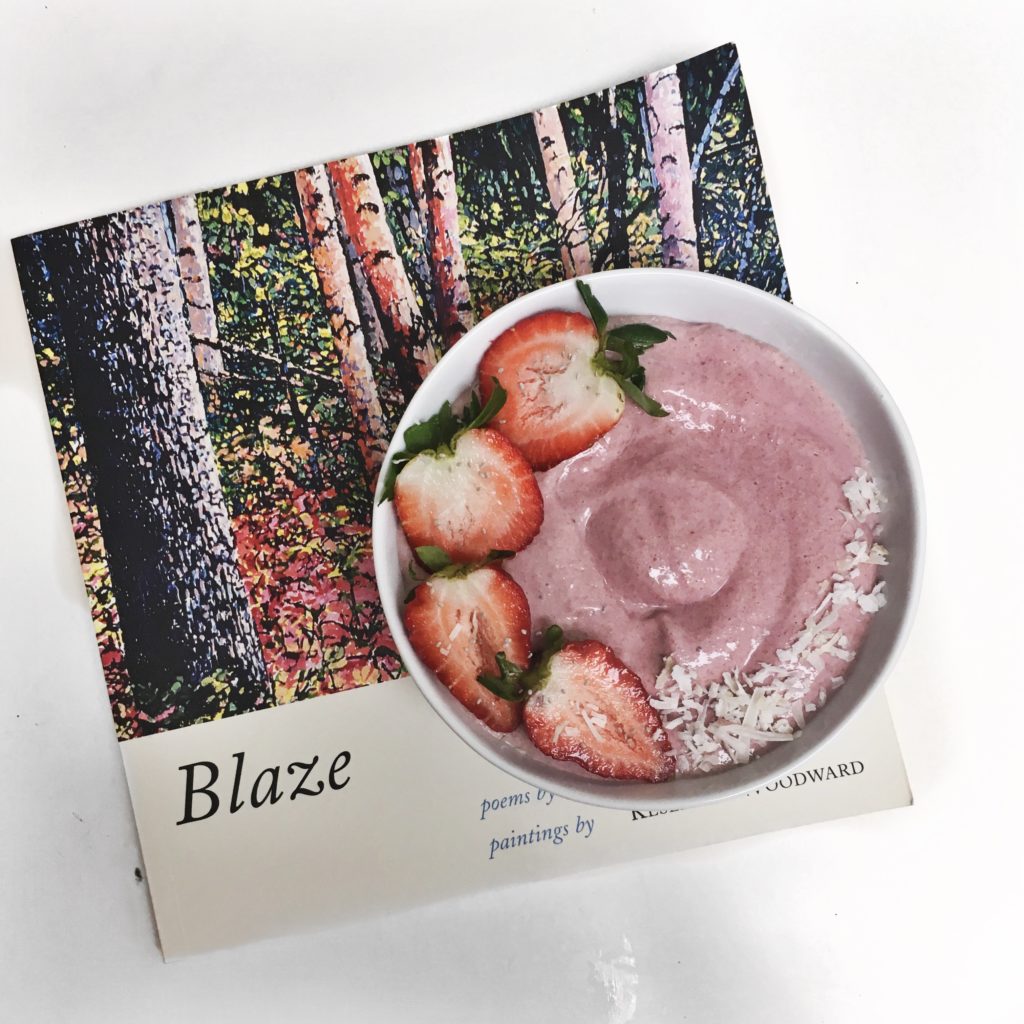
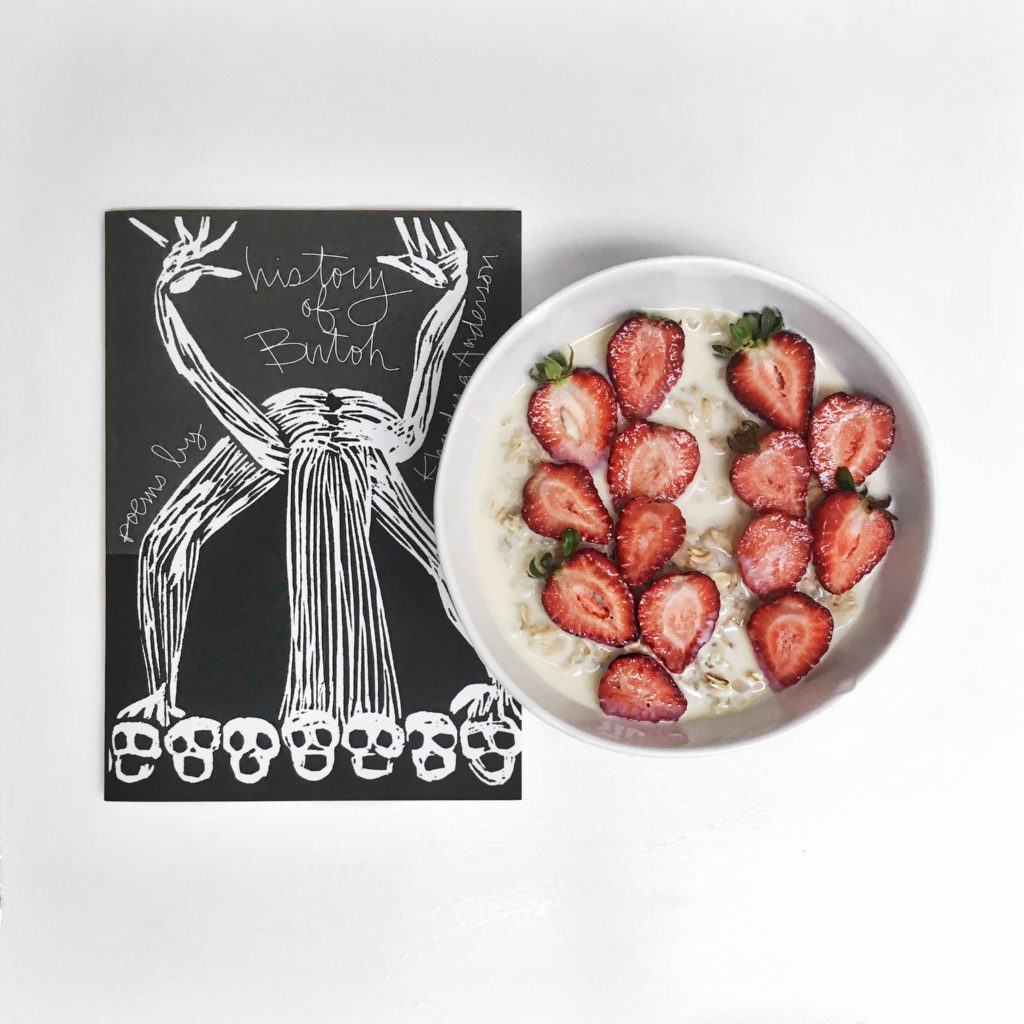
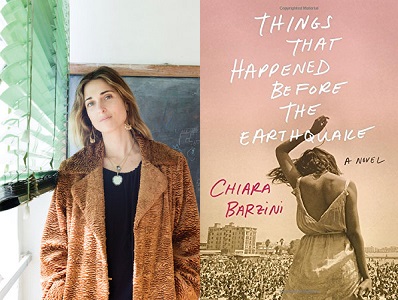
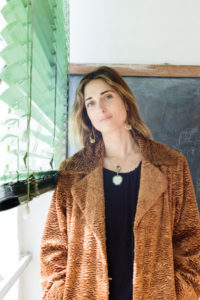 Coming-of-age stories set in Los Angeles: It’s a subgenre of sorts that’s growing in size, that holds within it wildly different books. I love these L.A. stories so much I
Coming-of-age stories set in Los Angeles: It’s a subgenre of sorts that’s growing in size, that holds within it wildly different books. I love these L.A. stories so much I